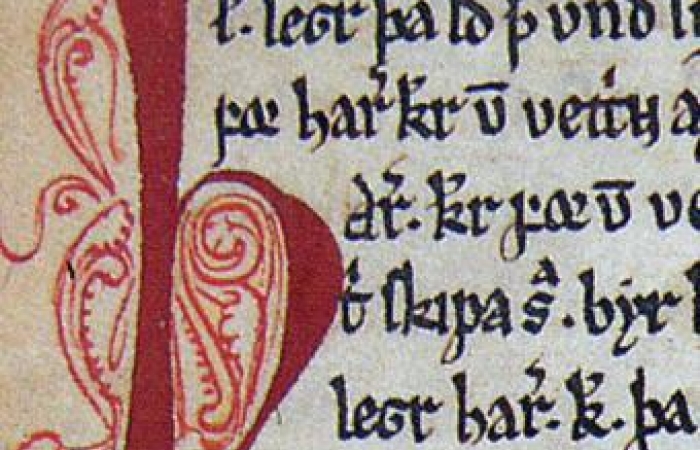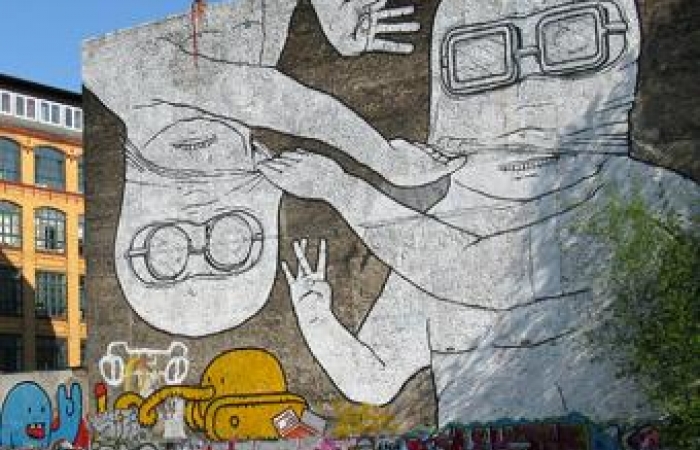How Does History Count?
In this connector course, we will explore how historical data becomes historical evidence and how recent technological advances affect long-established practices, such as close attention to historical context and contingency. Will the advent of fast computing and big data make history “count” more or lead to unprecedented insights into the study of change over time? During our weekly discussions, we will apply what we learn in lectures and labs to the analysis of selected historical sources and get an understanding of constructing historical datasets.![]()





